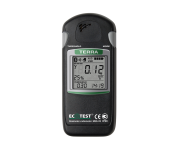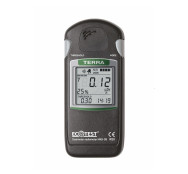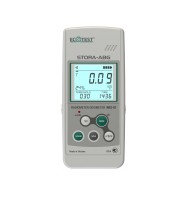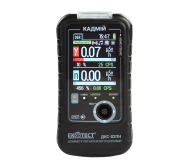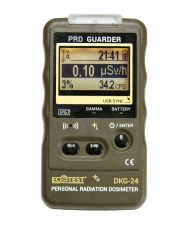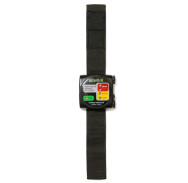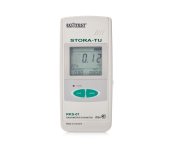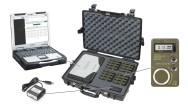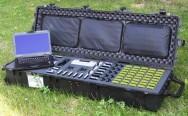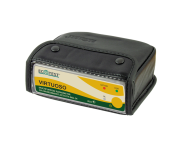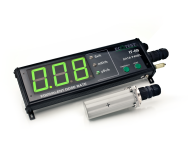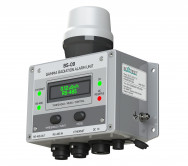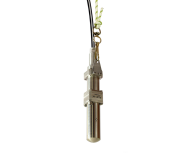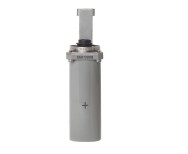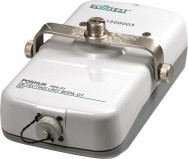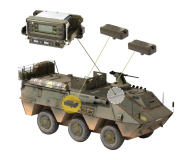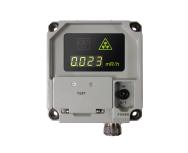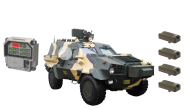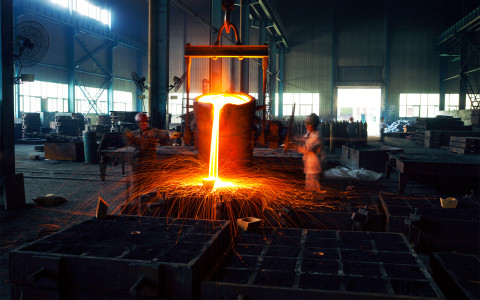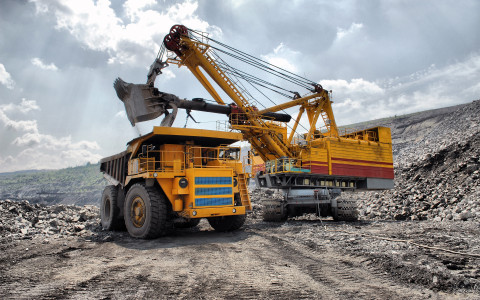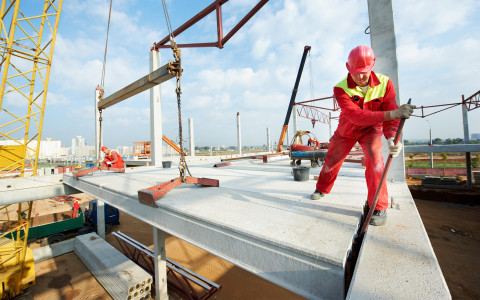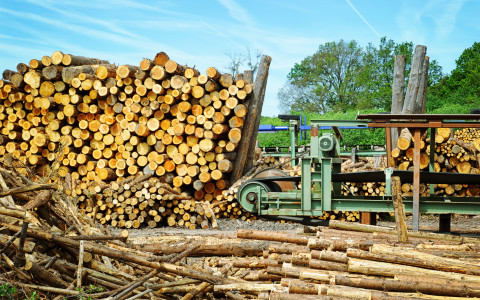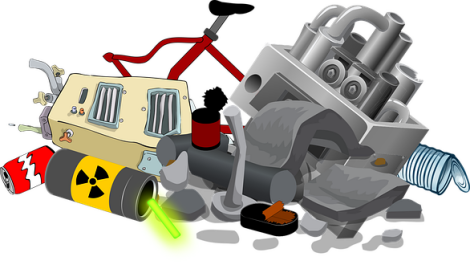
In May 2013, the online retailer ASOS.com landed in a radiation-related hot soup with the US authorities.
Why?
Their metal-studded belts tested positive for cobalt-60. They were radioactive.
The belts were confiscated and held in a US radioactive storage facility. A potential civilian radiation disaster was averted.
But how did something radioactive end up in a consumer product, like a belt? Here’s how.
Complacent metal scrap yards process metal from all sources without checking them for radiological contamination. This metal is then sold off to clueless companies. The companies process and use radioactive metal to make industrial and consumer products. And such products ultimately land in the hands of end-users.
Throughout this chain, radioactive metal poses severe health risks to people. From you and the workers in your scrap yard to the end-users, everyone is at risk.
Risks and Hazards of Radiation In A Scrap Yard
Immediate and long-term health risks that people from contaminated substances account for the biggest radiation-induced issue. Immediate effects include vomiting, nausea, diarrhea, sunburn, or hair fall. Long-term effects of radiation exposure can cause cancer, cataract, and cardiovascular diseases.
And that is just one aspect of the risk that radiation poses.
For scrap metal yards, in particular, the presence of radioactive elements in the scrap and processed metal can spell trouble in more ways than one. You could lose credibility with clients if your scrap yard provides metal that is not safe and up to the mark in terms of quality.
You could also land into legal trouble and be forced to pay financial damages to concerned parties.
Another possible risk is that of public outrage. Once the word is out about your complacent attitude, which caused radioactive elements to enter into the metal supply chain, you could soon go out of business.
The potential risks are too high to be ignored.
Not sure how these radioactive materials are entering your metal recycling yard? Well…
Here’s How Radioactive Materials Enter Scrap Metal Recycling Yards
There is not just one single source where can radiation be found. It is naturally occurring. And there are human-made sources too. Similarly, there are multiple sources from where radioactive steel and metals enter scrap yards.
When stainless steel radioactive and other radioactive substances are not properly disposed of, they end up in a scrap yard. Such sources are called orphan or abandoned sources. This could happen due to non-adherence to policies or the substances not being properly marked.
Natural occurring radioactive material (NORM) like radioactive thorium-232 in natural thorium used in the aerospace industry might also end up in metal scrap. Waste from the oil and gas industry can also contain accumulations of radium-226. It is radioactive and potentially hazardous.
Completely eliminating the entry of radioactive steel scrap metal into scrap yards is impossible. But if such sources could be detected and radiation levels in the scrap yard are monitored, the risk and related hazards can be minimized.
The Solution – Radiation Monitoring

Human senses cannot detect radiation. No matter how vigilant you are, you cannot stop radioactive scrap metal from entering your scrap yard. But where caution doesn’t work, technology does.
There are several types of metal and radiation detectors that help you detect and monitor radiation. Personal dosimeters can alert the wearer of radiation presence. These devices also help monitor exposure and thus, keep the metal yard staff safe.
Non-personal radiation detection devices can also be installed at entry points. These devices measure and monitor radiation levels at the site and alert concerned authorities of radioactive substances. This ensures safety for everyone involved.
Once radioactive elements are detected, efforts can be taken for proper disposal and safety of the staff. Radiation training presentations prepared by the US Environmental Protection Agency will come in handy for this part.
The Next Step
The logical next step from here should be to find the most suitable radiation detection and monitoring device for your scrap metal yard.
Once your scrap metal yard is equipped with the right devices, monitoring, measuring, and eliminating radioactive risks would become simpler.
ECOTEST Group offers a wide range of devices well suited for use in scrap metal yards and other locations. Our goal has always been to use technology to create devices that keep you safe. With our radiation detection, measurement, and monitoring devices, we aim to ensure radiation safety for everyone at your scrap metal yard.
FAQs
What can you do with radioactive scrap metal?
If you identify the presence of radioactive scrap metal in your scrap yard, here is what you should do –
- Contact your higher authorities at the scrap yard. Get in touch with your State Radiation Office.
Reduce the time you spend in proximity to the contaminated substance.
Maximize the distance between you and the suspected material.
Try to create a shield around the substance that you believe to be radioactive. The thicker the shield, the better.
What metal contains radiation?
Metals that can release alpha, beta or gamma rays are called radioactive metals. These metals contain radiation and can be used in several ways to benefit mankind.
Examples of such metals include – plutonium (Pu), neptunium (Np), uranium (U), polonium (Po), actinium (Ac), francium (Fr), radium (Ra), thorium (Th), and protactinium (Pa).
Excess exposure to these metals for prolonged periods can be harmful to health. Even lethal.
Does metal give off radiation?
No. Non-radioactive metals do not give off any kind of radiation and are safe.
The answer to ‘Is aluminum radioactive?’ would be – No. However, it might become radioactive by way of contamination. This is true for all other non-radioactive metals as well.
What happens to metal when exposed to radiation?
When metals are exposed to radiation, they suffer from radiation damage. There is metal hardening, which increases the strength of the metal. But it is also accompanied by subsequent embrittling, which allows brittle fractures to happen.
Neutron radiations can irradiate metals. This makes them radioactive, which is harmful to whoever is exposed to them.

